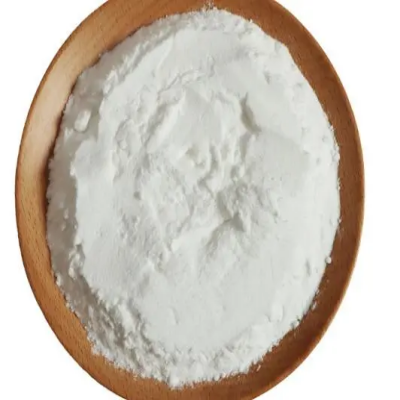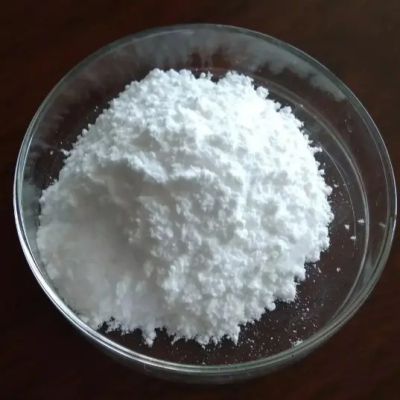2-Aminoadenosine CAS:2096-10-8
2-Aminoadenosine is a derivative of adenosine characterized by an amino group substitution at the 2-position of the ribose sugar. This structural alteration gives rise to distinct biochemical activities that are crucial for various metabolic and signaling pathways in living organisms. As a nucleoside, 2-aminoadenosine shares similarities with adenosine but exhibits unique properties due to its modified structure. One of the primary roles of 2-aminoadenosine is its involvement in cellular signaling mechanisms. It can function as a signaling molecule that interacts with specific receptors, influencing various physiological responses. For instance, like adenosine, it plays a role in regulating vascular tone and modulating neurotransmitter release, thereby affecting blood flow and neuronal communication. In the context of the central nervous system, 2-aminoadenosine has been shown to impact synaptic plasticity, which is crucial for learning and memory processes. In addition to its signaling capabilities, 2-aminoadenosine is implicated in energy metabolism. It may participate in the regulation of ATP production and utilization, thereby contributing to overall cellular energy homeostasis. Its ability to modulate metabolic pathways makes it a candidate for addressing metabolic disorders and conditions characterized by impaired energy balance. The therapeutic potential of 2-aminoadenosine is being explored across several medical fields. Research indicates that it may have protective effects on cardiac tissues during ischemia or injury, highlighting its relevance in cardiology. Additionally, its neuroprotective properties suggest that it could be beneficial in treating neurodegenerative diseases or conditions involving neuronal damage. Overall, 2-aminoadenosine represents a significant compound with diverse biological roles and therapeutic potential. Ongoing research into its mechanisms of action and applications may pave the way for new interventions in both metabolic and neurological disorders, underscoring the importance of this nucleoside derivative in health and disease.



| Composition | C10H14N6O4 |
| Assay | 99% |
| Appearance | white powder |
| CAS No. | 2096-10-8 |
| Packing | Small and bulk |
| Shelf Life | 2 years |
| Storage | Store in cool and dry area |
| Certification | ISO. |





![methyl 5,6,7,8-tetrahydroimidazo[1,5-a]pyridine-7-carboxylate CAS:1824151-16-7](https://cdn.globalso.com/xindaobiotech/1ZNB2ZF342ZWRNG226.png)


![1H-Pyrazolo[3,4-d]pyrimidine-4,6-diol CAS:2465-59-0](https://cdn.globalso.com/xindaobiotech/6FOL1BS0UMD0X9Z40233.png)
